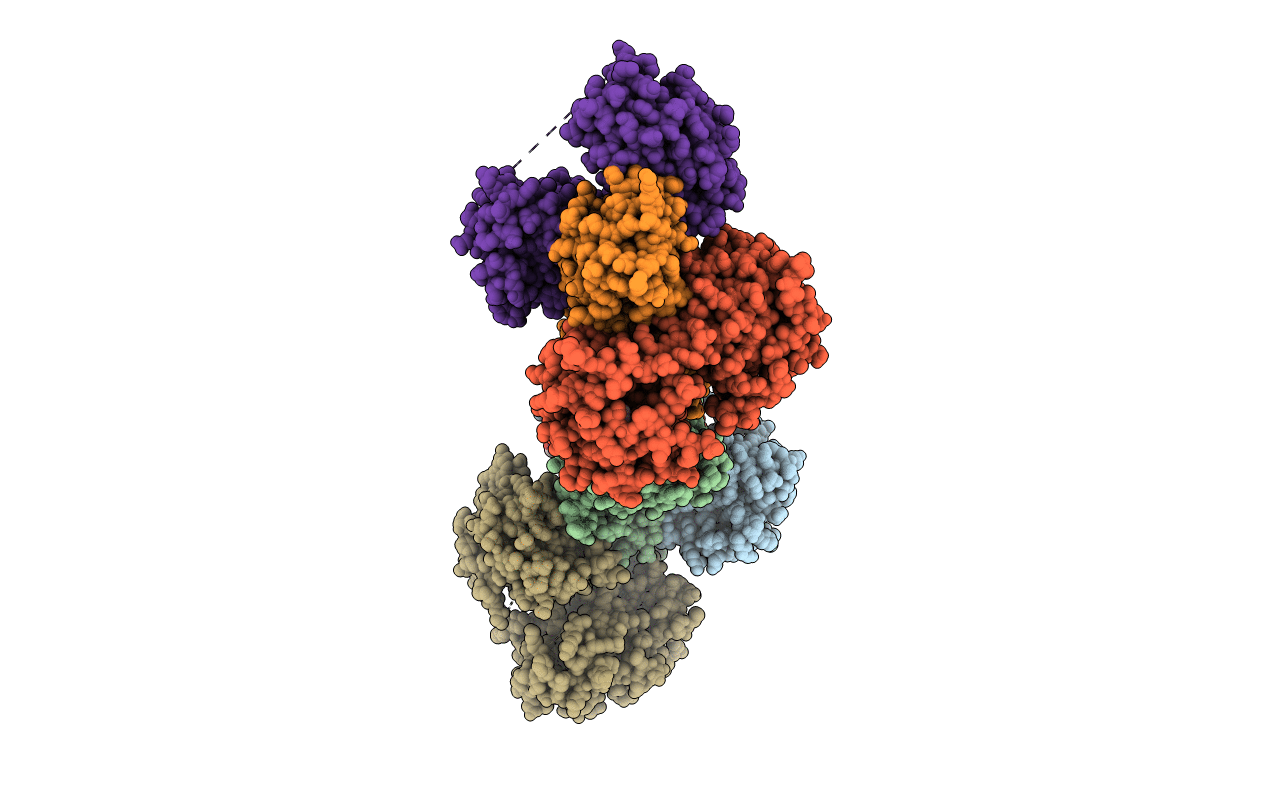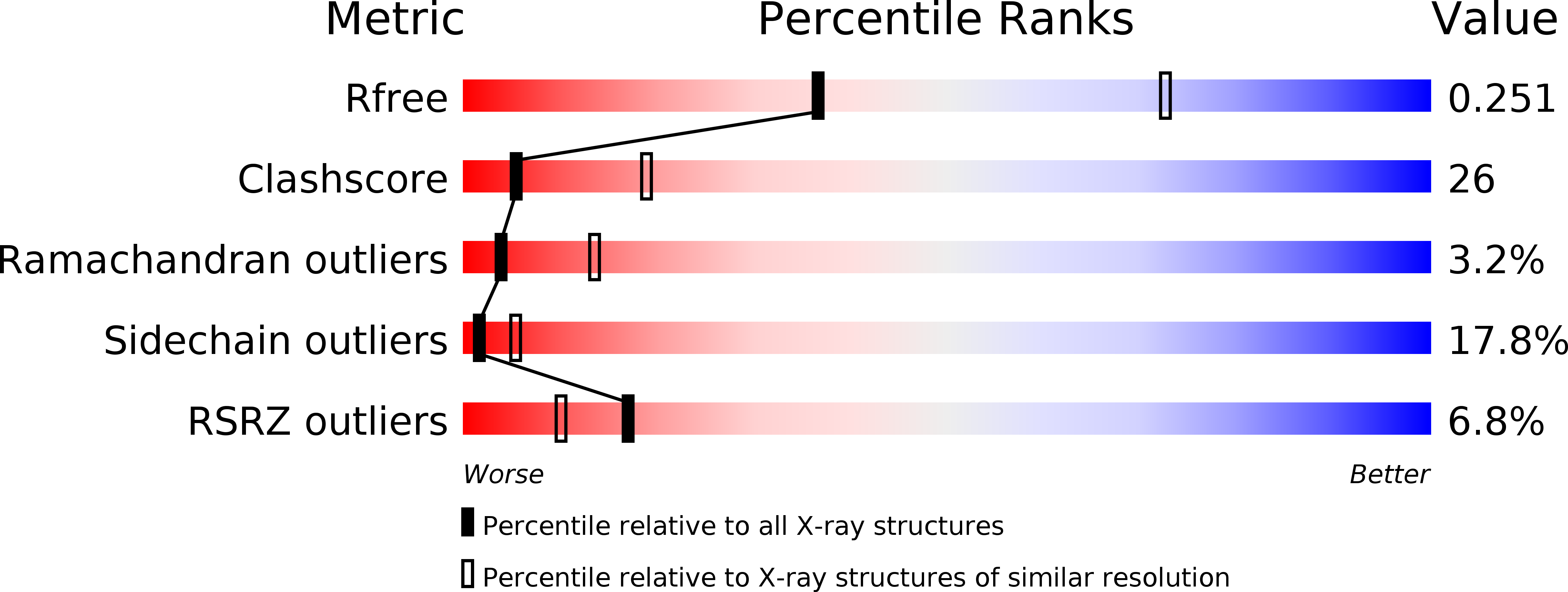
Deposition Date
2008-10-13
Release Date
2009-02-24
Last Version Date
2024-11-13
Method Details:
Experimental Method:
Resolution:
2.80 Å
R-Value Free:
0.29
R-Value Work:
0.24
R-Value Observed:
0.25
Space Group:
P 21 21 2


